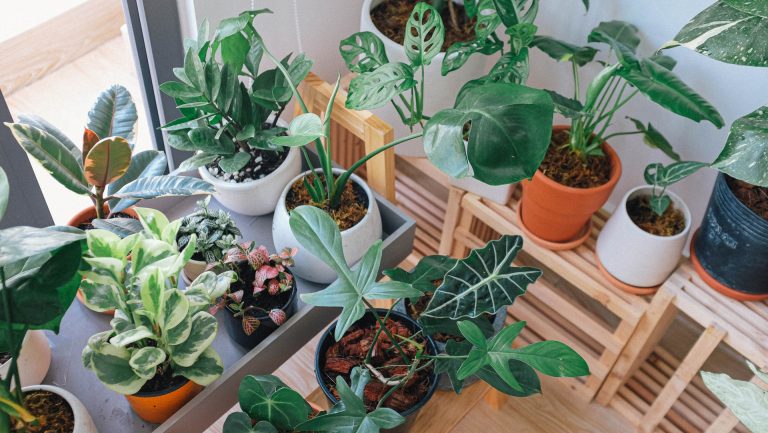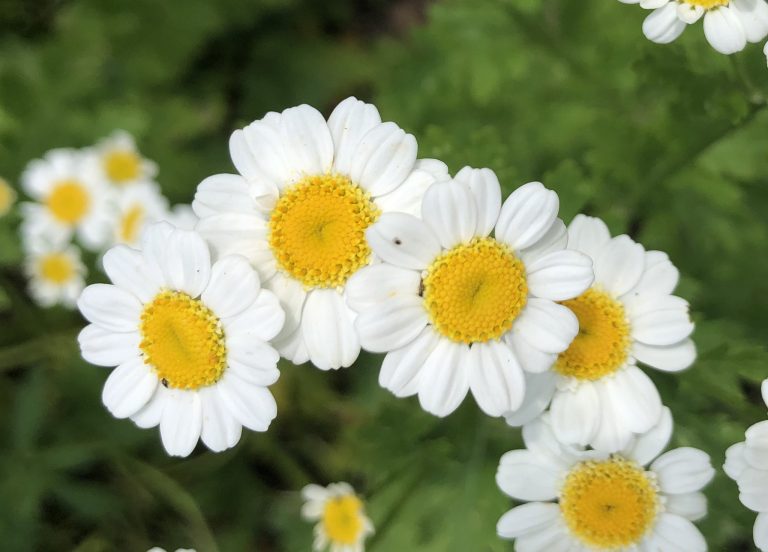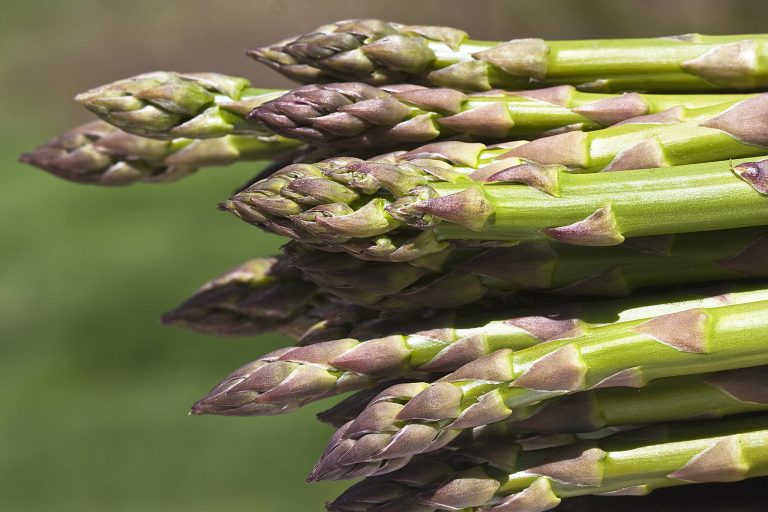Just because there’s snow covering your garden doesn’t mean you have to forgo the quiet company of plants. Whether you’ve brought some potted plants in from the garden, or have a number of regular house plants, you’ll want to be sure to treat them right through the winter. Indoor gardening is simple and rewarding for anyone who loves plants.
Inside or out, plants sense the changes in season and their needs will change to some degree. These simple tips will help keep you plants happy and healthy as we lumber through the long months of short days.
Pest management
Most plants are susceptible to one thing or another, but potted plants living outside are likely to have some natural wildlife occupying the soil and space around them; namely bugs of some sort. All plants that are brought inside should be checked thoroughly for disease and infestations, including egg sacs on leaves. Remove any dead or damaged leaves and stems by cutting with a clean pair of snippers.
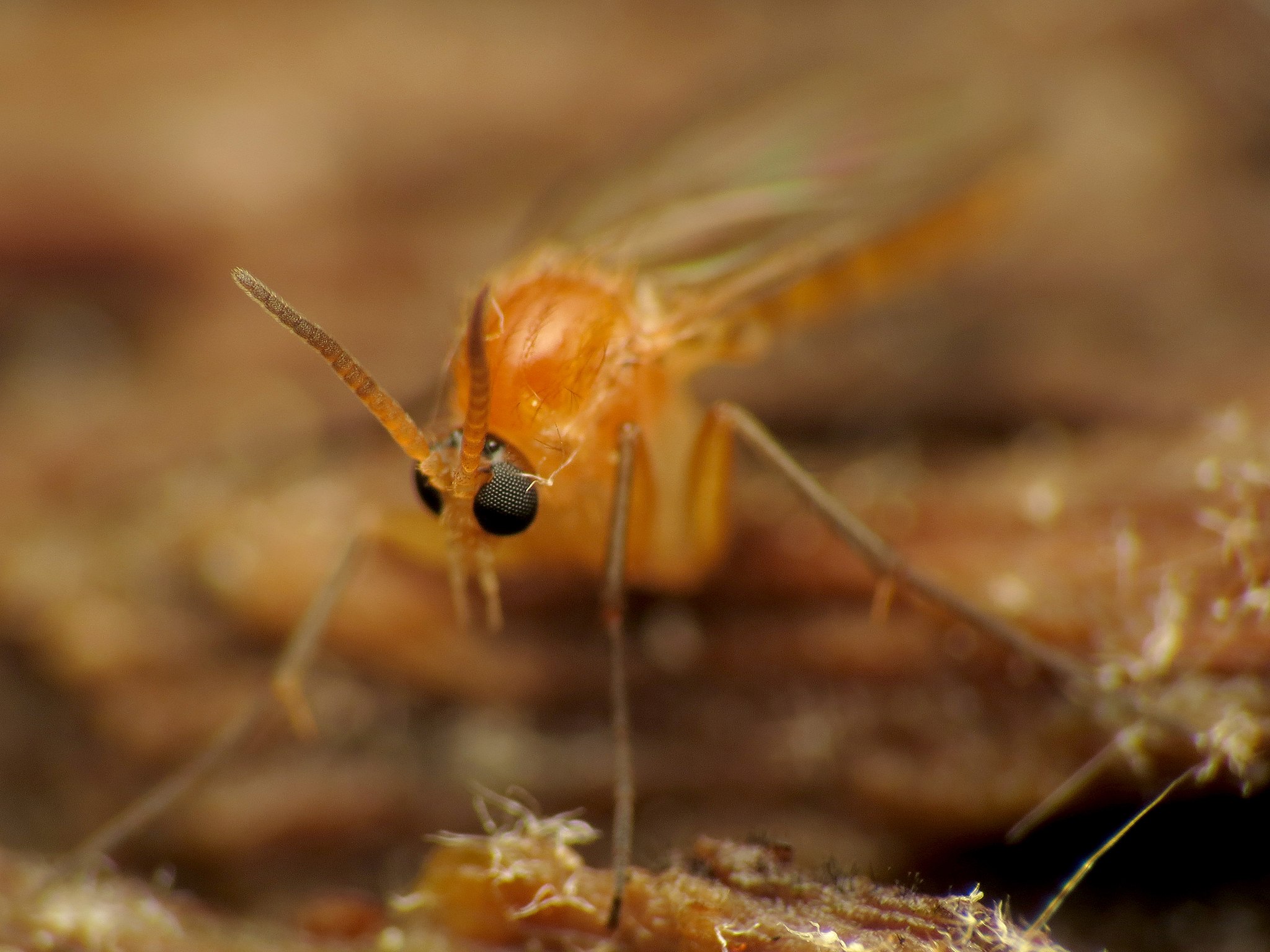
Fungus gnats are one of the most common pests associated with house plants. They look similar to tiny mosquitoes. The adults are harmless, but the larvae may cause a small amount of damage due to feeding on the roots. The larvae depend on moisture to survive, so allowing the soil to dry out before watering is helpful in keeping these pests at bay. Diatomaceous earth (DE), a natural product composed of diatom fossils, is another natural way to dispose of fungus gnats. DE works mechanically to damage insects’ exoskeleton, causing them to dry out; but the powder becomes ineffective in moist conditions, so wait until your plant is dry on the surface to sprinkle DE on top. In a few days you should notice a difference.
Aphids are tiny soft-bodied insects that come in a variety of colors. They cling to and feed on the tender parts of a plant, but are easily washed off with a good spray of water. You can also make your own insecticidal soap from tap water and a bit of castile soap. Aphids reproduce with speed and abundance, so vigilance is the key to controlling these pests.
Success
You are now signed up for our newsletter
Success
Check your email to complete sign up
Broad mites are less common but can cause considerable damage to house plants. They are too tiny to see, but if you notice a curling or deformity in the leaves and new growth, it is likely a symptom of broad mites. These can sometimes be controlled with an insecticidal soap or neem oil, but it is often recommended in the case of broad mites and other difficult pests to dispose of the plant to prevent spreading. Ideally, one would isolate the affected plant(s) for treatment until the problem is resolved.
Spider mites, likewise, can cause significant damage. They can be identified by the fine webbing they leave around the nodes and yellow spots on the leaves. Spider mites can be successfully treated with repeated applications of insecticidal soap.

Watering and humidity
Different plants have different needs as far as moisture, but generally speaking, when it is colder they all need less water, due to reduced transpiration. However, placing your plants near a heat source will significantly increase their water needs.
Some plants, like tropical natives such as African violets, orchids and other common house plants don’t mind being a bit on the warm side, but be sure to place a buffer between your plants and the direct heat, or they will cook! As radiators are nearly always below a window, a narrow table over them is an easy way to increase your indoor garden space. Check the soil surface regularly and water these plants when dry.
Plants that came in from the garden are less likely to enjoy the extra heat. Find a cool window for plants like geraniums, ferns, herbs, begonias, oxalis and the odd citrus. Cut back tender perennials by half, and water sparingly during this dormant period.
If your house is especially dry in the winter due to heating, a humidity tray may be in order. This can be easily constructed by filling a tray with pebbles and water and using it as the base for your plants. This will provide ample humidity directly to the plants. To increase the general humidity in the home, those with wood-burning stoves can simply keep a large pot of water on the stove; but an electric humidifier is equally effective in maintaining moisture in the air.
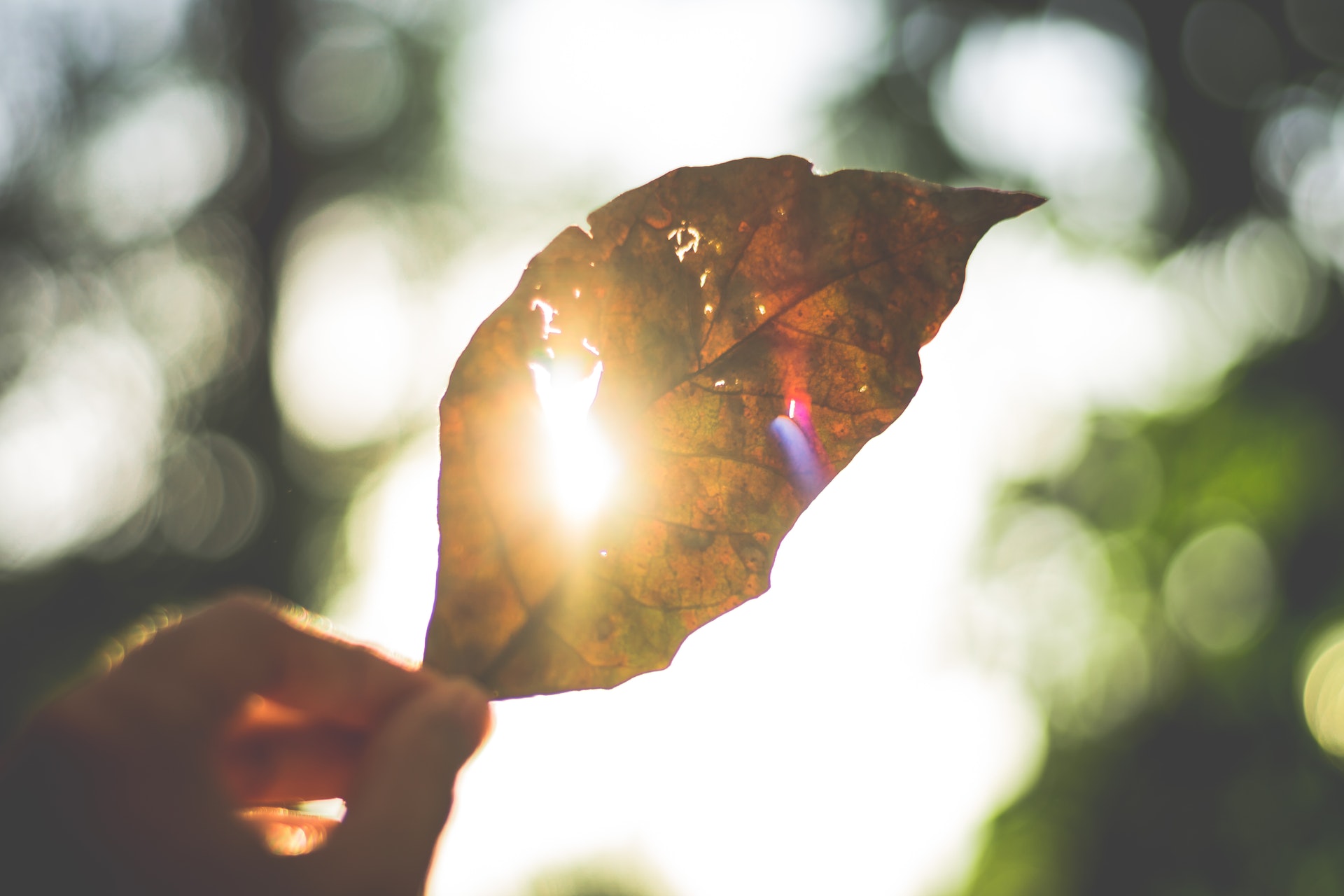
Light requirements
Most plants need at least five hours of sunlight per day. While not all plants need direct sunlight, it is important to maintain a good light source when the days are shortened and light is low through the winter.
Dust collecting on plants’ leaves can reduce the sunlight they receive, so plants should be kept clean, particularly in the winter. Some plants can be given a shower or a spray from the kitchen sink. Plants that are too large to move regularly can be dusted with a duster or a damp cloth. African violets do not like wet leaves and are difficult to dust, but a small attachment on your vacuum hose can do a fine job – just be sure not to suck off the flowers!
Ideally your sun loving plants like aloes and other succulents would be in the south-facing windows, (at least here in the northern hemisphere). Many tropical houseplants are used to low light and do not need a window location. Become familiar with your plants’ light requirements and place them accordingly.
If you have particularly low light conditions, grow lights can be useful during the winter. Red and blue light are important waves for plants. Metal halide lights or full-spectrum LED grow lights can help supplement these light requirements when sunlight is lacking.
Temperature preferences
Most plants do well at room temperature, although some will tolerate cooler conditions, and others will tolerate warmth. In any case, they should be protected from drafts and other sources of cold or heat that might shock them. Leaves touching a cold window, or watering with cold water should be avoided. Never burn a candle under a plant’s leaves.
Avoid stimulating growth
Fertilizing or re-potting your plants should not be done during the winter months. These actions stimulate growth, which is incompatible with what the plants recognize as a dormant period. The plants are resting, but they will be back in action come spring, as long as you treat them right through the winter!



